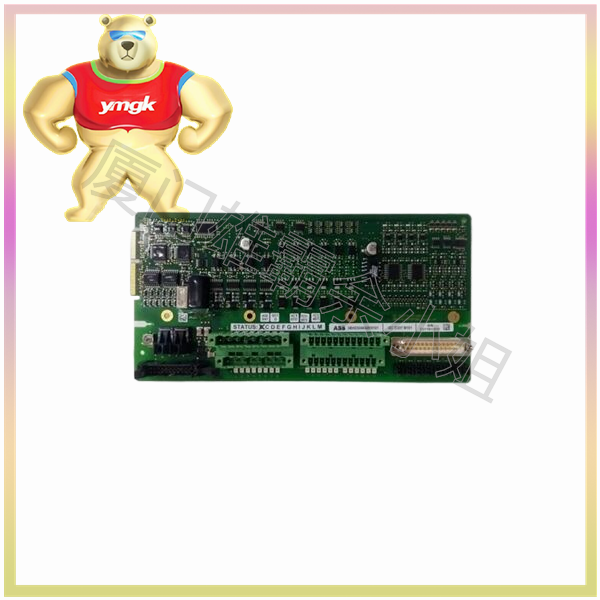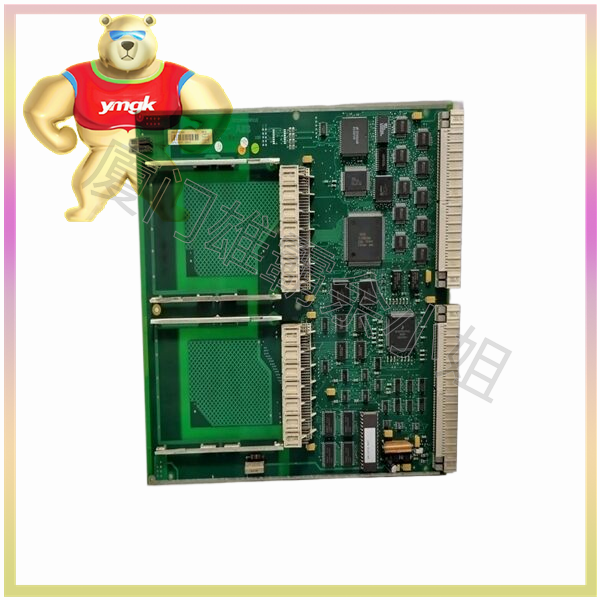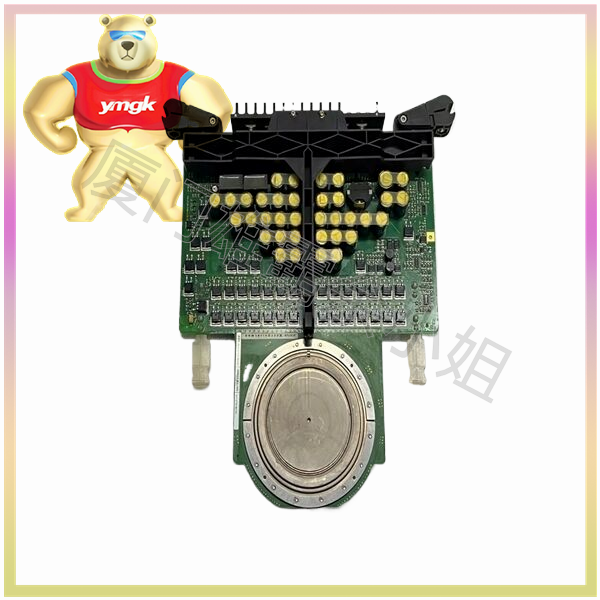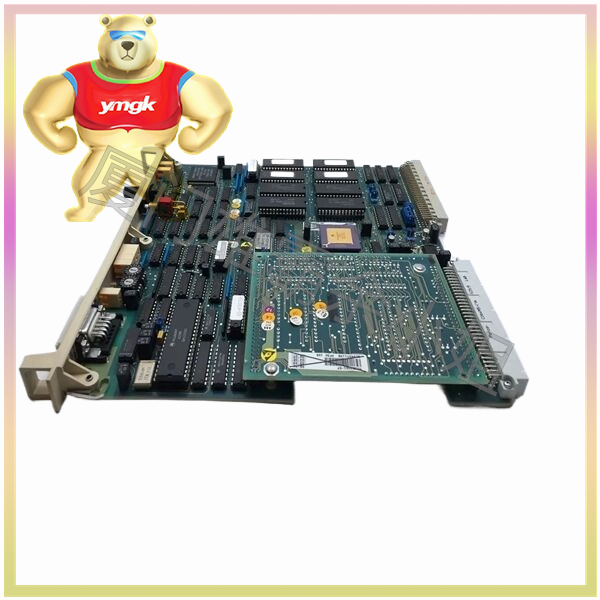Controllable silicon can achieve contactless control of alternating current in circuits, controlling large currents with small currents, and does not generate sparks when controlled like relays. It also has fast action, long lifespan, and good reliability. It can be found in various control circuits such as speed regulation, dimming, voltage regulation, temperature regulation, and others.
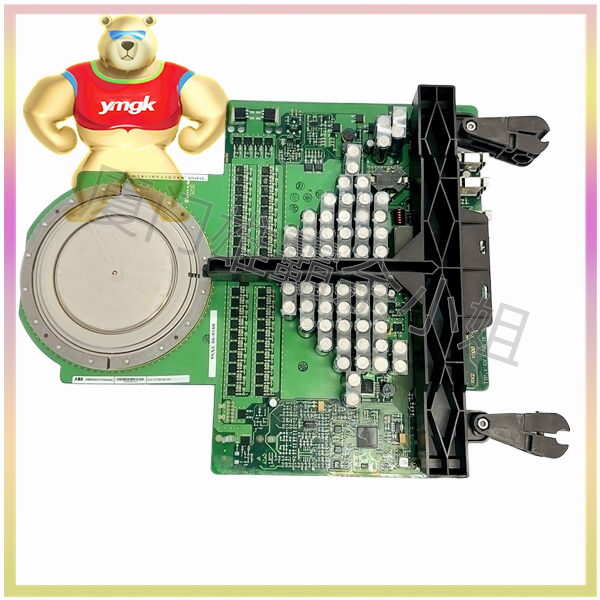
Controllable silicon is divided into unidirectional and bidirectional, with different symbols. Unidirectional thyristors have three PN junctions, with two electrodes called the anode and cathode led out from the outermost P and N electrodes, and a control electrode led out from the middle P electrode.
Unidirectional thyristors have their unique characteristics: when the anode is connected to a reverse voltage, or when the anode is connected to a forward voltage but no voltage is applied to the control electrode, it does not conduct. However, when both the anode and the control electrode are connected to a forward voltage, it becomes conductive. Once it is turned on, the control voltage loses its control function, and regardless of whether there is a control voltage or not, and regardless of the polarity of the control voltage, it will remain in a conducting state. To turn off, the only way is to lower the anode voltage to a certain critical value or reverse it.
The pins of a bidirectional thyristor are mostly arranged from left to right in the order of T1, T2, and G (when the electrode pins are facing downwards and facing the side with characters). When the size or time of the trigger pulse applied to the control electrode G changes, the magnitude of its conduction current can be altered.
The difference between a bidirectional thyristor and a unidirectional thyristor is that when the polarity of the trigger pulse on the G pole of the bidirectional thyristor changes, its conduction direction changes with the polarity change, thus enabling control of AC loads. After triggering, a unidirectional thyristor can only conduct in one direction from the anode to the cathode, so thyristors can be divided into unidirectional and bidirectional.

